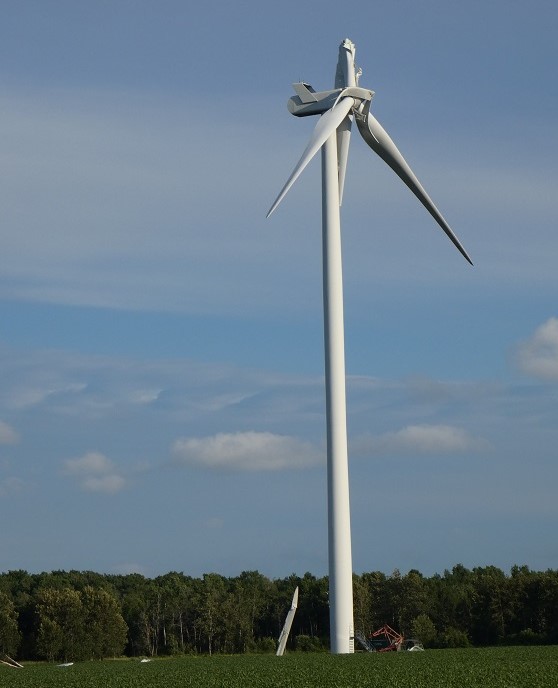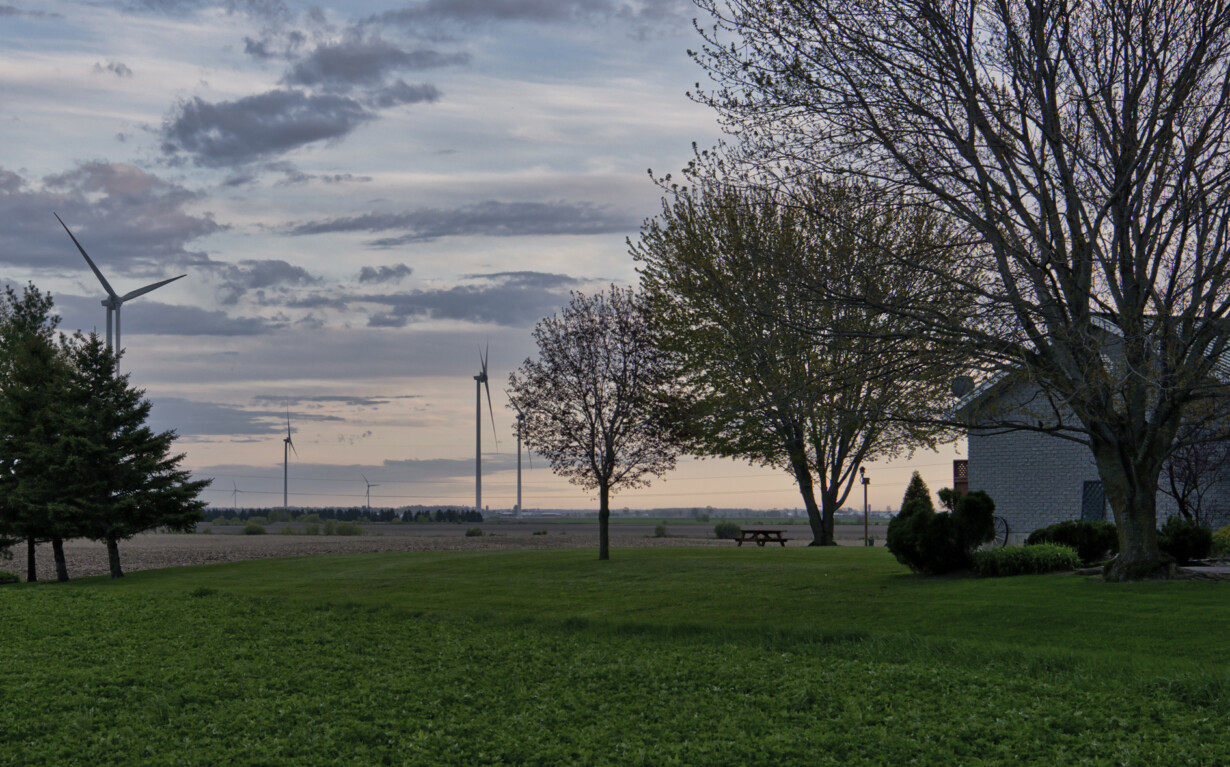
Wind turbine project approvals given by McGuinty and Wynne governments with no input from host communities: “mistakes were made”
January 19, 2022
The special interest task force created by a group on Ontario municipalities where wind turbines are operating has released a report to all Ontario municipalities. The report expresses concern about wind turbine failures and the apparent lack of government action. The Multi-Municipal Wind Turbine Working Group prepared the report and sent it to other municipalities a few weeks ago.
The document has information on six “catastrophic failures” as engineers term them, that have occurred in Ontario, as well as the failure of a single turbine in New Brunswick. That event resulted in the wind “farm” operator undertaking a $100-million replacement of all turbine foundations.
The Working Group is concerned that there are no details available on the failures.
“There has been no public response from the provincial government that indicates these potentially serious incidents are being investigated, either in the context of public and/or workplace safety,” the report says.
Municipalities, even those where incidents have occurred, have received no information.
The Working Group consulted with several engineers and conducted its own review of the wind turbine failures. It appears there was a different cause for each event, i.e., no common factor in the equipment failures.
- Bow River –Pictures suggest that tower collapse was linked to a bolt failure of tower sections.
- Skyway 8 – Rotor failure occurred shortly after the installation of an experimental device.
- Raleigh Wind – Published information from the project owner indicates that the tower collapse is related to a single blade failure. Marks on the tower suggest that the blade struck the tower.
- Sumac Ridge – Blade fractures, no explanation available.
- Kingsbridge 1 – Fire in the nacelle spread to the blades resulting in wide debris scatter.
- Huron Wind – Blade failure with the location of the debris thrown by this failure highlighting the inadequacy of current setbacks from property lines.
Another recent incident in New Brunswick added to concerns, the group said:
- Kent Hills, NB – Project operator linked the collapse of tower to a foundation failure.
The Working Group concluded: “the assessments of these situations increased our concern that action is required to formally investigate these incidents. We believe they clearly demonstrate that the current setback distances are inadequate to protect the public and they will increase as tower heights and blade lengths increase.”
The Working Group recommended that the Ontario government:
- Establish a formal public process for investigations of wind turbine failures so that the cause can be firmly determined. These would involve third-party independent engineers starting with initial inspection procedures through to the public release of the final report;
- Complete comprehensive inspections of existing projects to identify any project that shows signs of similar weaknesses;
- Establish requirements for on-board predictive maintenance equipment for operating wind turbines to allow early identification of problems and establish protocols for information transfer to the MECP for review and sharing with the host municipality.
- Review the emergency response procedures submitted by the proponents of wind turbine projects as part of the approval process to ensure that the plans are current and responsive to the types of failures being experienced; and
- Increase the setbacks from property lines to a minimum of tower height plus blade length for new towers or repowering of existing sites to at least reflect the impact of a tower collapse while recognizing additional distances would be required to protect against ice throw and debris scatter like that seen in the Huron Wind failure where debris with the dimensions of a car were found 2.5 times the height of the tower plus blade length.
At the time the wind power projects were approved by the McGuinty and Wynne governments, municipalities had limited input to the process and to the details of the projects including setbacks from roadways and homes.
“Mistakes were made,” the Working Group says.
The Multi-Municipal Wind Turbine Working Group is asking all municipalities to write to David Piccini, minister of Environment, Conservation and Parks for Ontario to ask that action be taken for safety.
Wind Concerns Ontario, a coalition of community groups, families and individuals concerned about the negative impacts of grid-scale wind power projects, agrees with the recommendations.
“We have been urging the government to revise all the regulations pertaining to wind turbines,” says president Jane Wilson. “Ontario’s regulations were implemented in 2009 and have not been changed since then—we know a lot more about the noise emissions and the safety risk. We need change right now.”
Read the MMWTWG report here: MMWTWG Report on IWT failures
A story also appeared in the Dundalk Herald/Toronto Star on this issue.
contact@ windconcernsontario.ca


